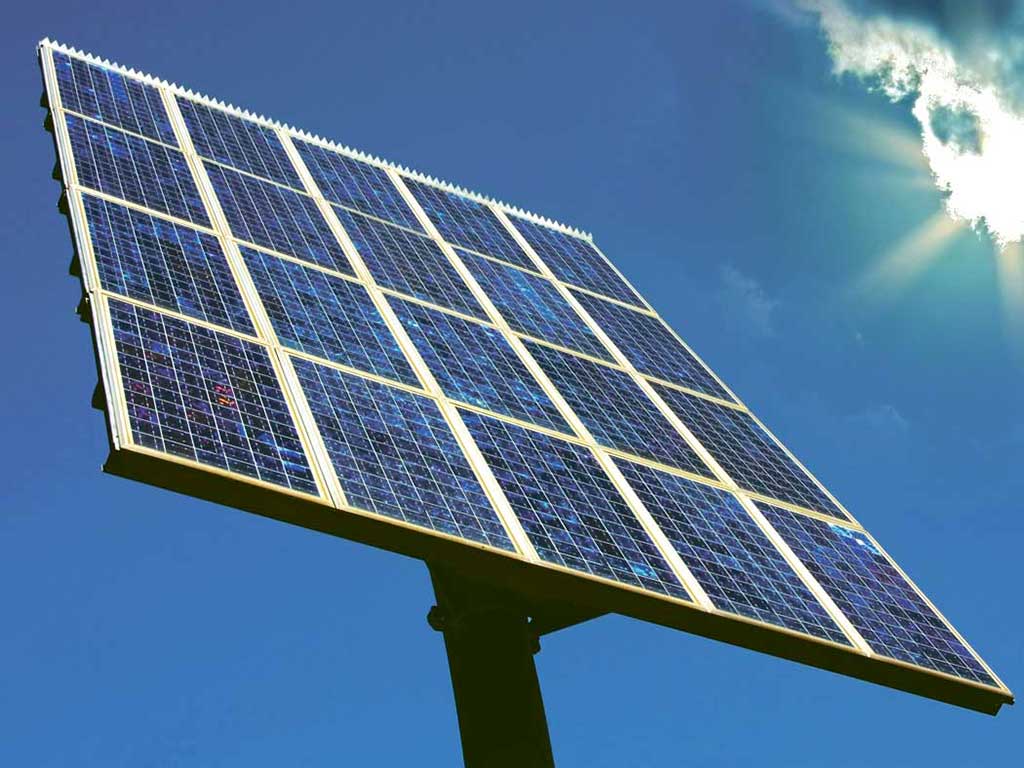Economic and Financial impact of solar energy consumption in developing country Nepal

Solar energy will be a leading renewable source for electricity generation in the future since the electricity generated through a solar power plant is clean, environment-friendly and reliable. Nepal is endowed with good renewable energy potential. The major sources of renewable energy are mini and micro hydropower, solar energy, various forms of biomass energy, biogas and wind energy. To widely develop the renewable energy technology sector, revise the subsidy amount and credit, and encourage private sector and financial institutions to invest in the sector while focusing on providing service delivery of the utmost quality in the rural areas.
The government has a target to achieve per capita electricity consumption of 1,500 kWh by 2026/27, double that of 2021-22, hoping to make it to the list of middle-income countries by 2030. Solar energy in Nepal is abundant and cheap.
There is more than enough solar energy for every Nepali to enjoy the same energy consumption as in the developed countries, and without burning any fossil fuels or damming any Himalayan rivers. The area of solar panels required to match the energy consumption per person in developed countries is 40-50 square meters per person with a nominal power capacity of about 10 kilowatts. Hence solar energy in Nepal is abundant and cheap. There is more than enough solar energy for every Nepali to enjoy the same energy consumption as in the developed countries which will be beneficial in the perspective view of social, financial and economic benefit for the whole nation to broom up the national economic and sustainable growth. The total primary energy consumption (TPEC) of Nepal in the year 2018 was 0.17 quadrillion Btu. It increased from 0.05 quadrillion BTU in 1999 to 0.17 quadrillion BTU in 2018, growing at the average annual rate of 7.3% (World Data Atlas, 2018). On the TPEC, the share of biomass energy sources was 74%, followed by fossil fuel at 17.32%, coal at 5.96%, hydropower at 3%, and less than 1% from other renewable sources (USEI Administration, 2019). The current status of energy consumption reveals that the residential sector has the highest share (80%), followed by the industrial sector (8%) and the transportation sector (7%), respectively (Ministry of Finance, 2017). By the end of the fiscal year (FY) 2018/2019, the hydroelectricity’s installed capacity was 1129 MW (IHA, 2020). In the year 2020, the peak demand for electricity was around 1320 MW (Nepal Electricity Authority, 2020).
Hence, to maintain the demand, additional power is imported from India. Moreover, hydroelectricity is in short supply compared to the electricity market that prevailed in recent years. In FY 2017/2018, about 33% of the total imports were accounted for petroleum products (Nepal Rastra Bank, 2018). Since there exists a massive dependency on fossil fuels, the country is spending nearly 300 billion Nepalese Rupees (1 US$ = 117.47 NRs, January 10, 2021) on petroleum products and electricity. Nepal’s total trade deficit amounted to around 11.24 billion US$ (Statista, 2019). Nepal’s transmission network is limited and outdated, and there is no position to accommodate the large power generation that the Government intends to accomplish in the next 10 years. Inefficient infrastructure creates substantial electricity losses due to leakage and lack of adequate transmission infrastructure .
Therefore, the stand-alone PV generation systems in the country can lessen pressure on the transmission and distribution system and reduce power losses. The Government of Nepal (GoN) has set a goal to increase the share of renewable energy from less than 1% to 10% and further improve access to electricity from alternative sources through different banking and financial support, from 10 to 30% within the next 20 years.
According to the energy progress report 2019, 1.3 million people have no access to electricity, and Nepal has targeted to achieve 100% electricity for all by the year 2023. Hence the PV system would be the game-changer and help to achieve such targets in future in the developing country of Nepal to achieve sustainable and economic growth. Solar energy consumption is the most reliable and costworthy in terms of electricity consumption for long-run sustainable development in terms of power consumption but the storage problem needs to be replaced and maintained.



Leave Comment